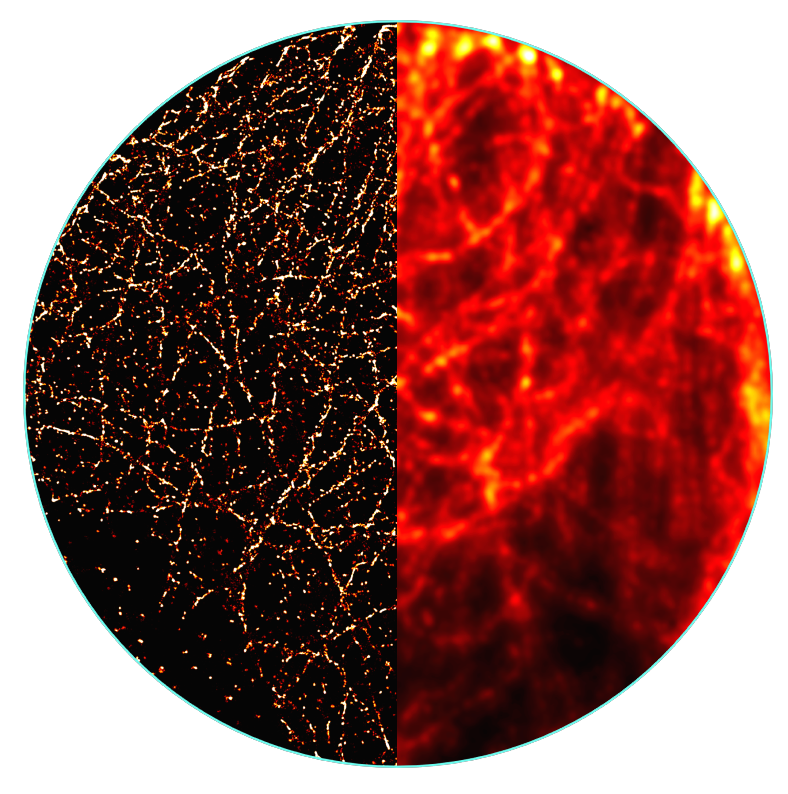


Biology beyond the diffraction limit

A bold effort to build a new instrument capable of spying on the most fundamental biological processes occurring inside living cells.
We work in three places: the University of Georgia, The Ohio State University, and the Museum of Science, Boston
Follow the progress of QSTORM research as it happens. All three teams contribute to the Blog. Select "All Posts" or view team-by-team.